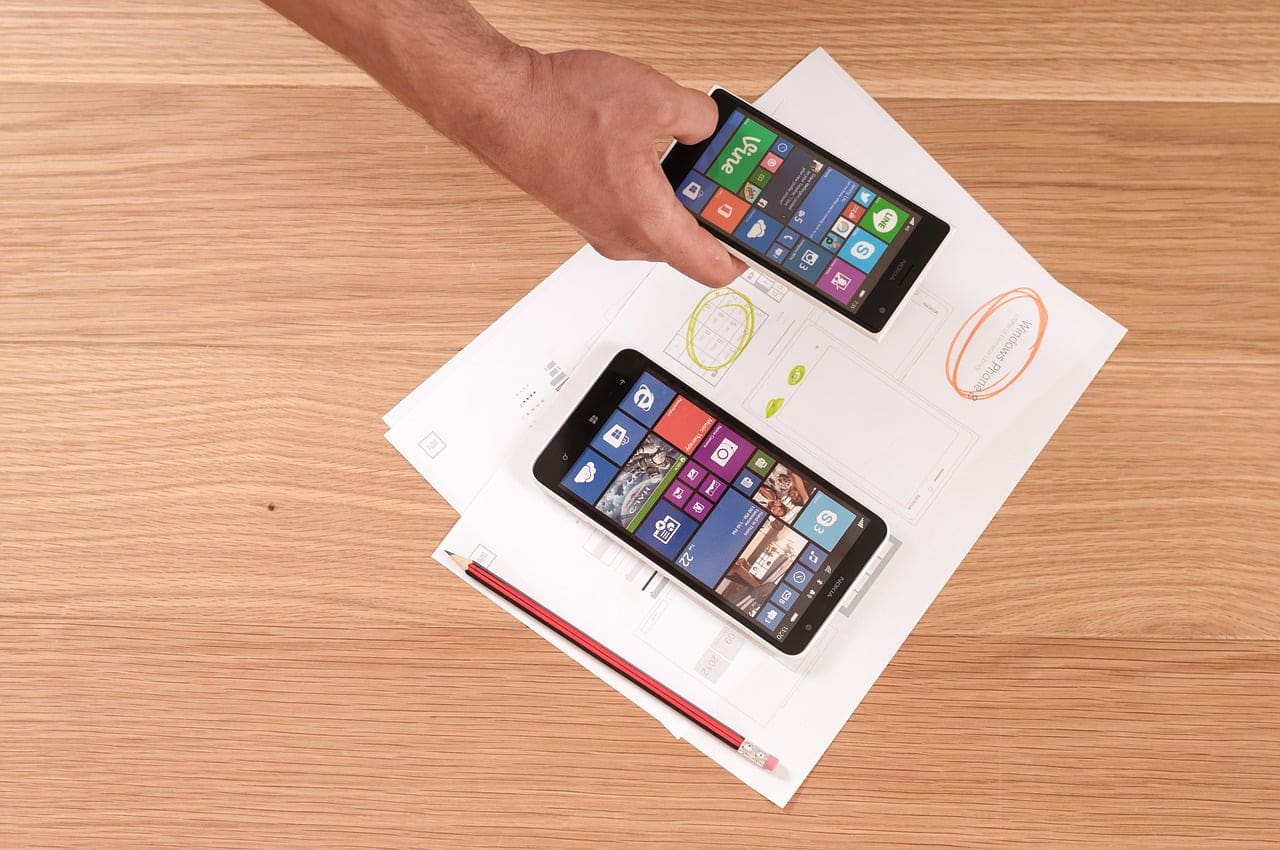Listen to the story

One of the main features of modern lifelong learning and storytelling is usability. In an interactive book, for instance, this would mean that the student intuitively would be able to navigate the content and use the tools and other functions available without instructions or help files. This becomes trickier by the fact that different people choose different paths when they navigate through an interactive book. Especially since the user’s reaction and action in the integrated interactivity features in the book take the iReaders out on different journeys. When this is more profoundly analysed four types of iReaders reveal themselves.

The Purposeful
…is fully focused on achieving all the objectives of the curriculum for the chapters of the book with the highest scores and the most articulate comments. For this user type, it is important to have quantifiable goals and content should be tailored to effectively achieve these goals. The Purposeful want preferably that the end result is linked to an existing standard such as the Council of Europe’s attainment scale for foreign languages, or at least to be on the top of the leaderboard in a gamification system..
The Explorer
…wants to adopt as much of the content, its functionality and tools as possible. Every little corner of the chapters of the book should be examined and all the tools will be tested and used. Direct and comprehensive feedback, research information connected to each of the exercises of the module and lexicons are some features that are very welcome for the Explorer. Development of knowledge and skills, and the experience in itself, is the primary objective while achieving the objectives of the book’s curriculum is a more secondary goal.
The Contactor
… main objective is that through dialogue with other iReaders, improve their own skills but also to share their own experiences. Surely, the Contactor also manages the various interactive exercises in the chapters. However, this is done mainly in order to be able to fully participate in the discussion forum, chat, phone or physical meetings. The Contactor use targeted networking in order to reach the best possible result and to meet curriculum objectives.
The Hacker
…is by far the most difficult type of user, but also often the most useful. The Hacker’s primary goal is to beat the system, find the loopholes, taking shortcuts in order to find the easiest way to reach the end of a chapter and the book. In addition, the Hacker uses the communication tools to mislead and sometimes harass other iReaders. Since this user type is very active with great commitment, the focus should be to inspire to transform into one of the other user types. By their actions, however, this user type has a constructive role as an error detector, and a source for further development. Especially since an interactive book always should be updated, improved and developed.
The Centre of UX Design
The user’s experience of an interactive book involves a combination of functionality, interactivity and aesthetics that are crucial for effective learning. The next step is to satisfy the centre of UX design, namely the four user type preferences. This concerns both the developer/author of interactive books as well as teachers.
Written by
Lars Göran Boström©
interaQtive Books on the way
Opens in a new tab





